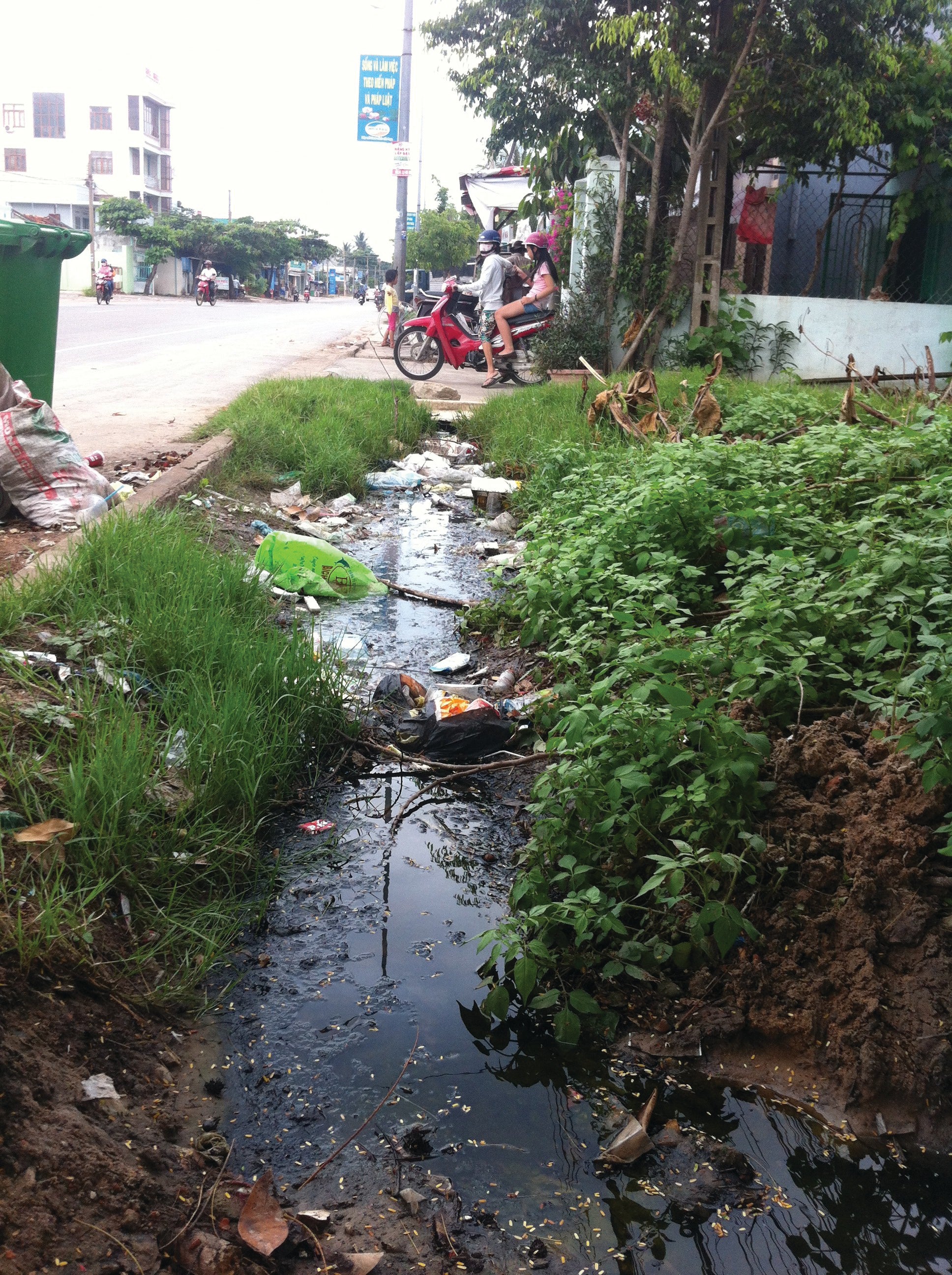The World Bank at World Water Week 2015
Globally around two-thirds of the World’s urban dwellers rely on on-site (on-plot) sanitation. At the same time there is an increasing trend towards replacing on-site sanitation with traditional sewerage systems. Millions of dollars are spent on building sewers and sewage treatment plants while the complementary investments in household sewer connections and toilets are often neglected. What will those municipal investments in sewage treatment achieve without house connections?

Photo Credit: Water and Sanitation Program
The lessons learnt? That policies, strategies, plans, designs, and financing mechanisms always need to include the ‘last mile connecting infrastructure’ so that households connect to the sewers and transport it to plants for treatment. Reactions to the study from governments and development agencies have been that the findings are a ‘wake-up call’ and changes to the scope of existing and planned sewerage projects to include the tertiary sewers and house connections have already been made in Vietnam. But what do these findings mean for other countries and regions? Do the same lessons learned apply elsewhere?
Related publication: Improving On-site Sanitation and Connections to Sewers in Southeast Asia (PDF)
Follow us online: www.worldbank.org/worldwaterweek
On twitter @worldbankwater and hashtag #wwweek


Join the Conversation